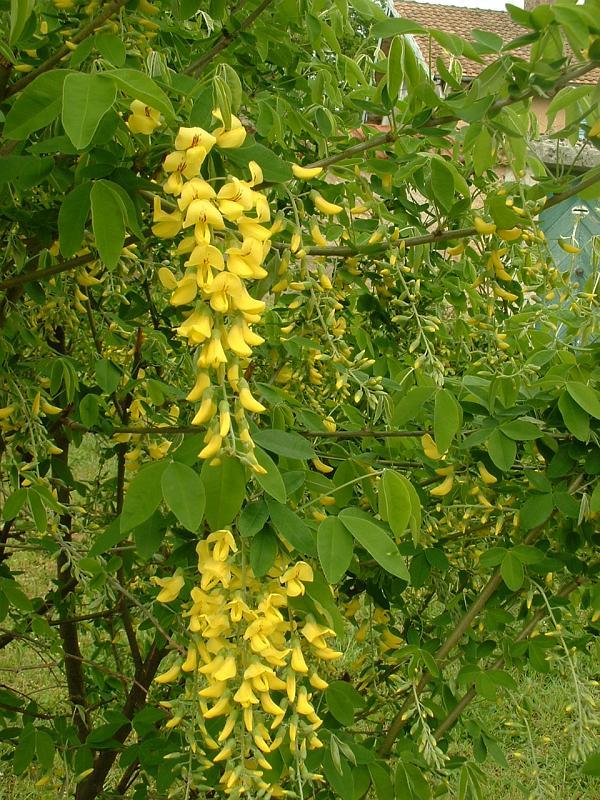Description
The Golden-chain tree, scientific name Laburnum anagyroides, is a flowering tree native to the mountain regions of Central and Southern Europe. It is a deciduous tree with a rounded crown, and it can grow to a height of 10-15 meters. The tree has lance-shaped leaves and clusters of yellow, pea-like flowers that hang from its branches. The flowers have a sweet fragrance and bloom in the spring.
The Golden-chain tree prefers well-drained soil and full sun to partial shade. It is hardy and can tolerate a range of growing conditions, but it does not tolerate drought well. To cultivate the tree successfully, gardeners and farmers should plant it in a location where it will receive plenty of sunlight and water it regularly.
The Golden-chain tree is not edible, and all parts of the plant are toxic if ingested. However, the tree is valued for its attractive flowers and sweet fragrance. It can be used as a garden ornamental, and its flowers can be used in floral arrangements. The tree is also a popular choice for bonsai cultivation.
In addition to its ornamental value, the Golden-chain tree has some medicinal properties. The bark and leaves of the tree have been used in traditional medicine to treat a variety of ailments, including coughs and colds. However, it is important to note that the plant is toxic and should not be used medicinally without the guidance of a qualified professional.
In terms of its value for wildlife, the Golden-chain tree is an important source of nectar for bees and other pollinators. The tree’s flowers attract a variety of insects, including butterflies and hoverflies. The tree is also a food source for some species of birds and small mammals.

